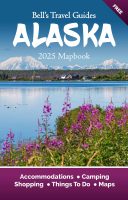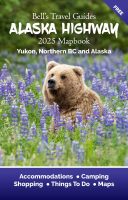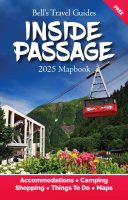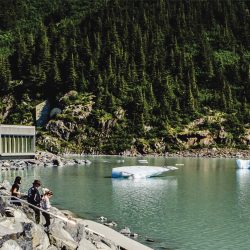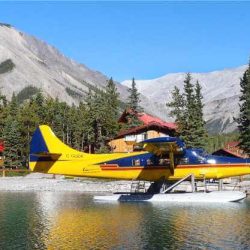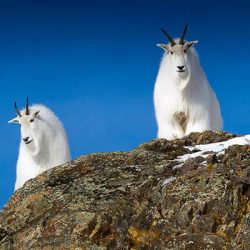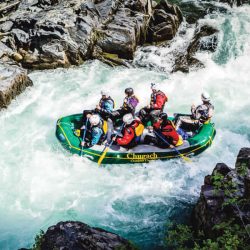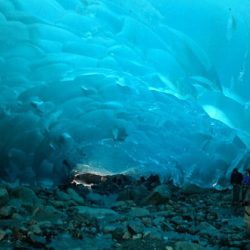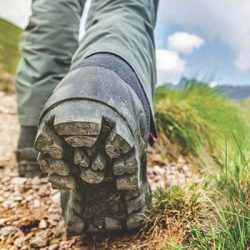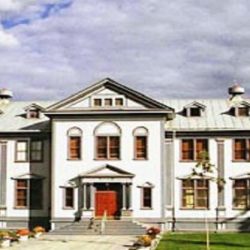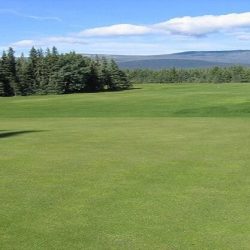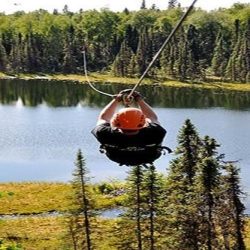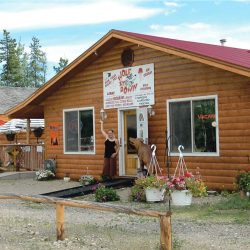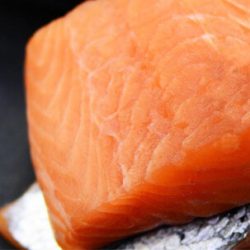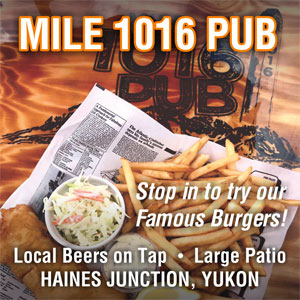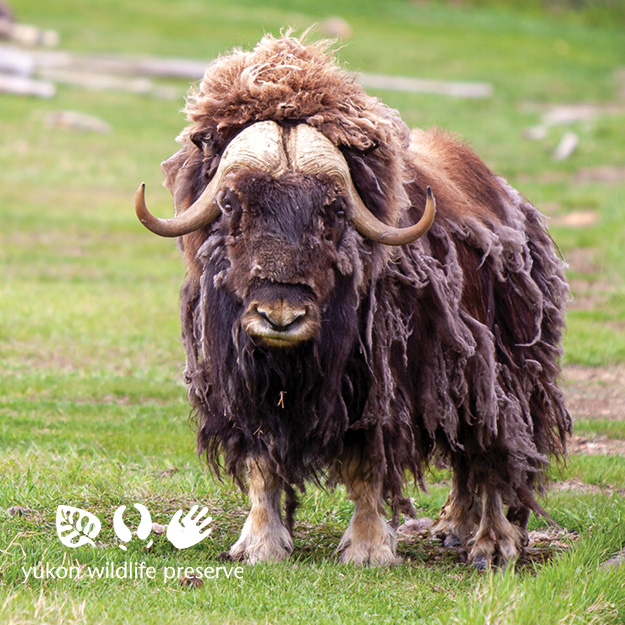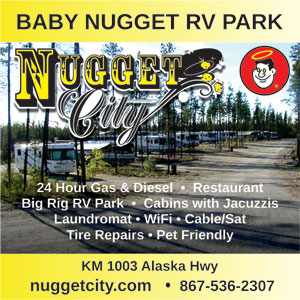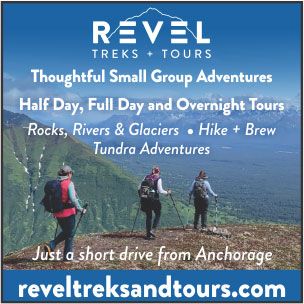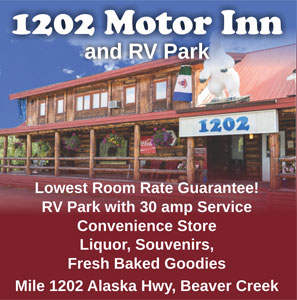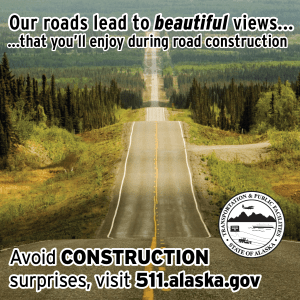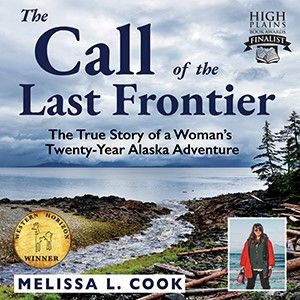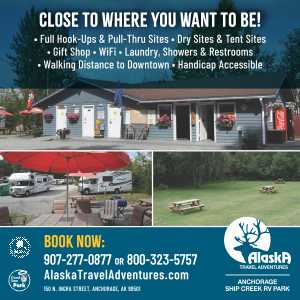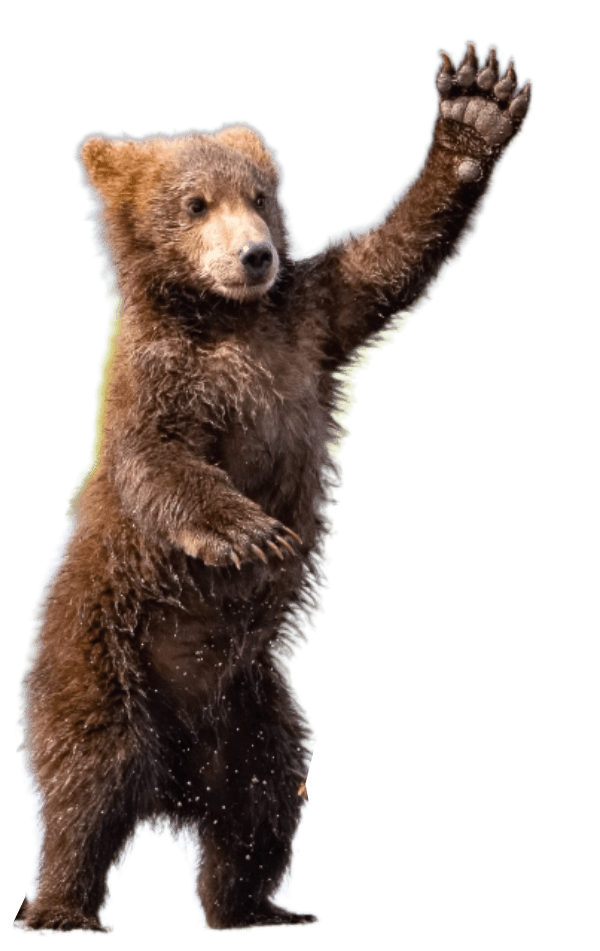Skagway, Alaska is the northernmost point in Alaska’s Inside Passage, at the far end of Lynn Canal. In its heyday, Skagway was the boomtown gateway to the Trail of ’98 and the Klondike gold fields. The population has dwindled from 20,000 feverish gold seekers to about 1000 year-round citizens.
Streets once choked with gold-crazed stampeders clamoring to get to the Klondike and strike it rich, are now just as busy with thousands of cruise ship passengers arriving every day during the summer! As one of the most popular ports of call for an Alaska Cruise, this Southeast Alaska town at the northernmost end of Lynn Canal is truly a Unique place to visit. On a busy ship day, Skagway reverberates with many of the same feelings that must have been present during the Gold Rush.
Skagway is home to the White Pass and Yukon Railroad, the “Scenic Railway of the World.” It is one of Alaska’s most popular visitor attractions and should not be missed. This narrow-gauge railroad is more than a train, it is a ride through history.
Skagway is part of the the scenic Golden Circle Route when visitors travel from Whitehorse to Skagway, Haines and Haines Junction on beautiful highways and through historic towns.
Skagway is also the home of the Klondike Gold Rush National Historic Park, which honors the stampeders of the Klondike by protecting the historic buildings and trails of the Gold Rush era. On June 28, 1900 Skagway became the first incorporated city in Alaska.
Skagway Alaska History
One of the first white residents of Skagway was Billy Moore, a former steamboat captain. He believed that gold would be found in the Yukon and in 1887 built a dock and a trading post in anticipation of the gold rush. He was proven right 2 years later when prospectors began to arrive on steamships and prepared for their overland journey north into the Yukon to Dawson City.
The first part of their expedition was certainly the most difficult. Prospectors had to transport more than 2000 pounds of provisions over the Chilkoot Pass into Canada. The trail passed through British Columbia to Carcross, in the Yukon. This proverbial “Ton of goods” was required for each person to prevent starvation in the remote Yukon Territory. In order to transport such large amounts of food and supplies stampeders were required to make many trips over the treacherous Chilkoot Pass.
Once in Carcross, they would need to build a boat capable of making the 600-mile journey north to Dawson City, via the Yukon River. Skagway’s neighboring town of Dyea was at the beginning of the Chilkoot Trail and what began as a tent city in 1897 quickly grew into a town of 3,500 with restaurants, hotels and saloons.
However, with the building of the White Pass & Yukon Railroad from Skagway in 1898, Dyea quickly faded away. The old townsite is now recognized as a National Historic Landmark even though there is hardly any evidence that the town ever existed.
Driving to Skagway
Visitors can drive to Skagway, which is 108 miles (174 km) south of Whitehorse on the South Klondike Highway. The highway passes through the town of Carcross, which played an important role the Klondike Gold Rush.
